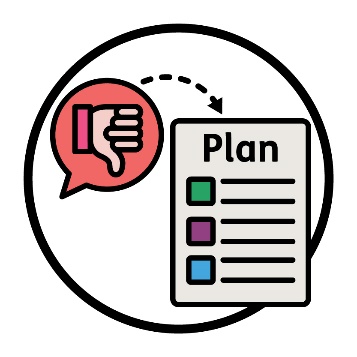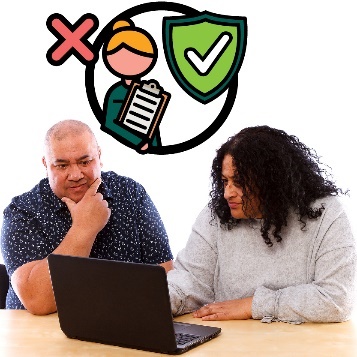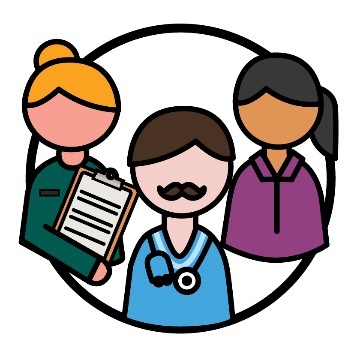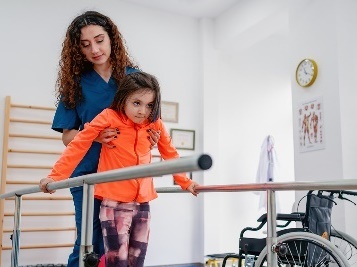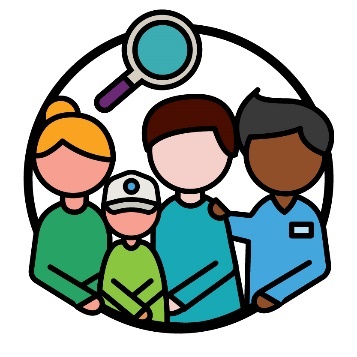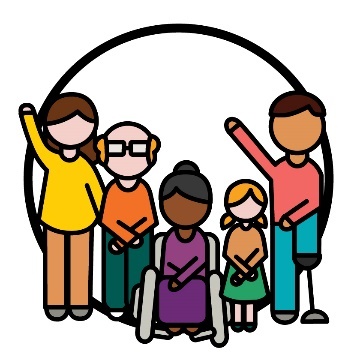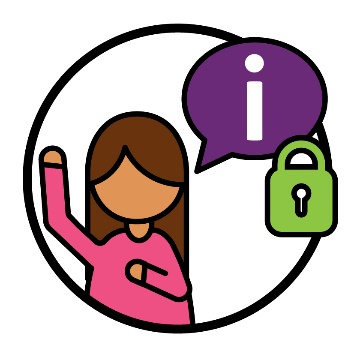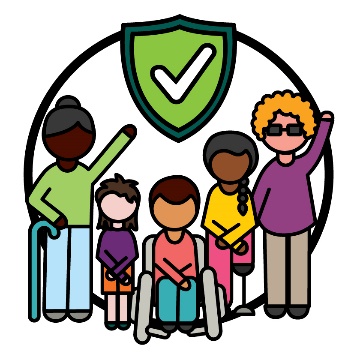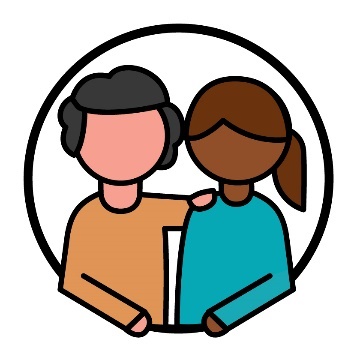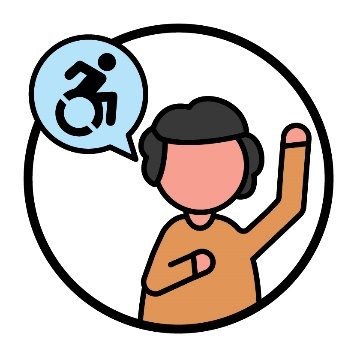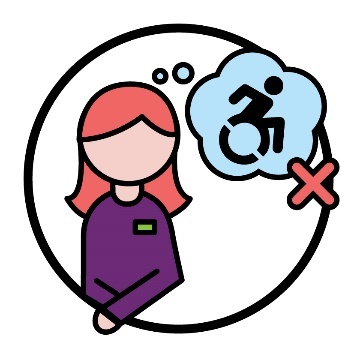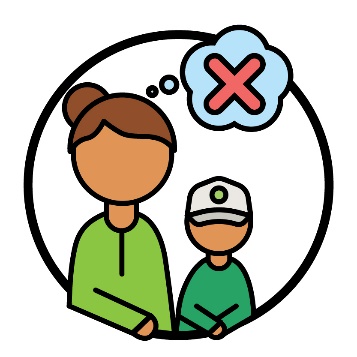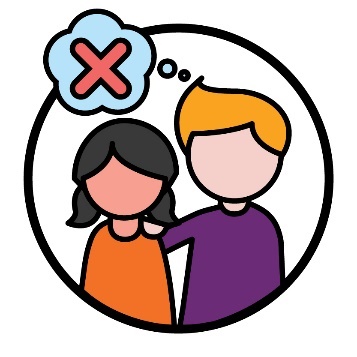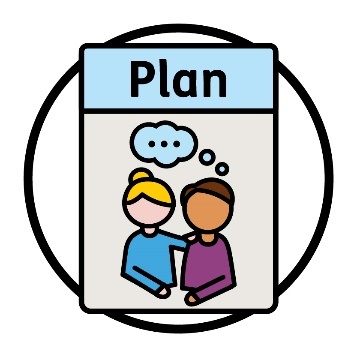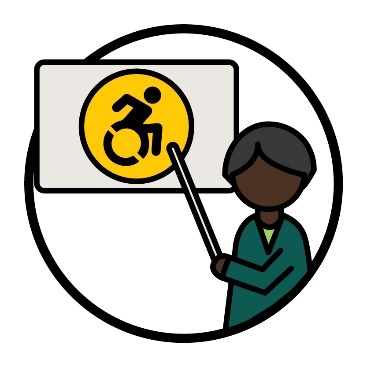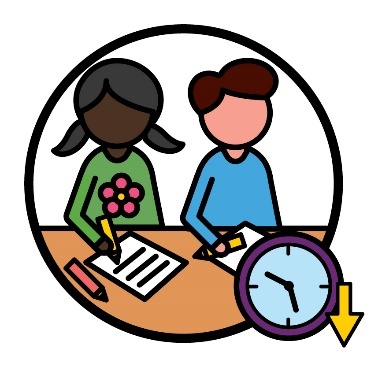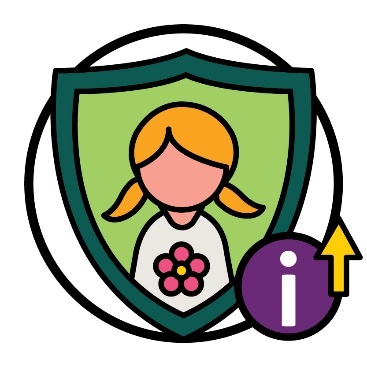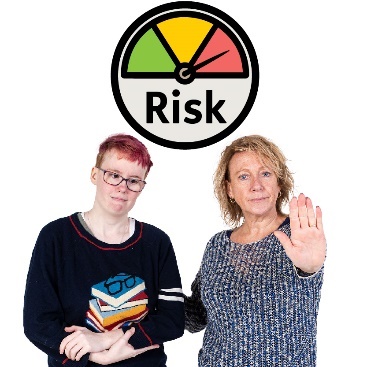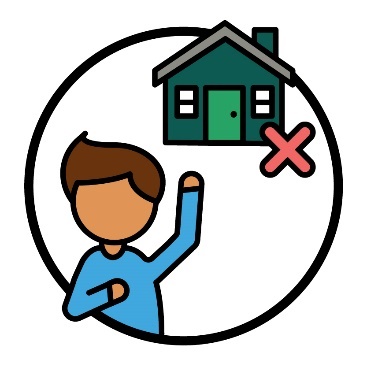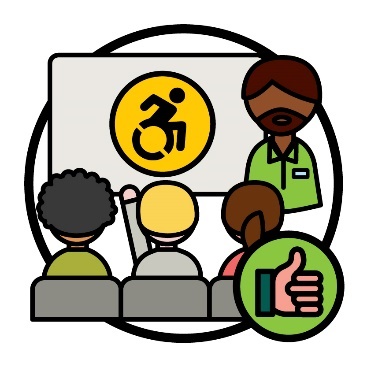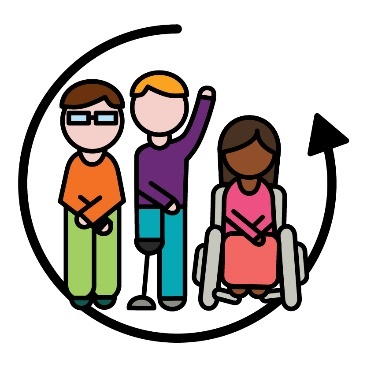Our reports
|
|
The Reference Group connected with the community to find out about issues that affect them. |
|
|
The Reference Group members shared these issues with the NDIA. |
NDIS plans
|
|
Reference Group members explained that some people worry about assessments. |
|
|
|
Assessments help the NDIA work out:
|
|
Members worry that some children will not get support when they first need it if: |
||
|
|
|
|
|
|
|
|
|
|
This might mean some children cannot get support when they first need it. For example, children with developmental delay. |
|
|
|
Some children might not develop at the same pace as other children of the same age. They may need extra help to do everyday things. When this happens, we say they have a developmental delay. |
|
|
|
Members shared that NDIS planners should change the way they work with families. |
|
|
|
An NDIS planner is someone who:
|
|
|
|
For example, they should support people who have experienced trauma. |
|
|
|
Trauma is the way you feel about something bad that happened to you. For example, you might feel scared or stressed. Trauma can affect you for a long time. |
|
|
|
This includes families who experience trauma from child protection services. |
|
|
|
Child protection helps children stay safe. It is run by the government. Child protection can decide if a child:
|
|
|
|
Members worry that some early childhood partners don’t support families the way they should. |
|
|
|
Early childhood partners support:
|
|
For example, they might not connect families to people or groups who: |
|
|
|
|
|
|
|
|
|
Members shared that sometimes the NDIS will check the supports in a child’s plan. But their families thought the NDIS had already agreed to these supports. |
|
|
Members worry that some families don’t make complaints about NDIS planners. |
||
|
|
When you make a complaint, you tell someone that something:
|
||
|
|
Some families think that when they make a complaint it will affect their child’s plan. |
||
NDIS services and supports
|
|
Reference Group members worry that families don’t know how to find safe providers for their children. |
||
|
|
Providers support people with disability by delivering a service. |
||
|
|
Members worry that some types of therapy will stop parents from supporting their child as they grow. |
||
|
|
Therapy includes different types of support that can help:
|
||
They also worry that a lot of parents are choosing these therapies instead of ones that: |
|||
|
|
|
||
|
|
|
||
|
|
Members explained that some participants are scared to make a complaint. Participants are people with disability who take part in the NDIS. |
||
There should be a way for participants to make a complaint: |
|||
|
|
|
||
|
|
|
||
Members shared that it can be hard to be both: |
|||
|
|
|
||
and |
|||
|
|
|
||
|
|
For example, NDIS planners don’t always understand how being a carer can affect a carer’s disability. |
||
Members also shared that some support workers don’t always understand how to: |
|||
|
|
|
||
|
|
|
||
|
|
Members explained that behaviour support plans can be hard for some parents to understand. This means they don’t always use these plans the right way. |
||
|
|
A behaviour support plan is a document that explains how to support your behaviour. |
||
The community and other services
|
|
Reference Group members explained that some children with disability are not included in schools. This happens even when they have lots of NDIS support. |
||
|
|
State and territory governments should send disability experts to schools. |
||
|
|
This might help schools understand how to include students with disability. |
||
|
|
Members also explained that students with disability sometimes have less time to:
|
||
|
|
Members shared that the rules for using accessible services can make it harder for some people with disability to use them. |
||
|
|
When a service is accessible, it is easy to:
|
||
|
|
Members also shared they want more information about how the NDIS works with child protection. |
||
|
|
This includes what they do to stop the risk of children becoming homeless when they turn 18 years old. |
||
|
|
People who are homeless don’t have a home. They must find a place to sleep each night. |
||
|
|
Members also shared they are happy more people in the community are learning about disability. |
||
This means more people will: |
|||
|
|
|
||
|
|
|
||





















